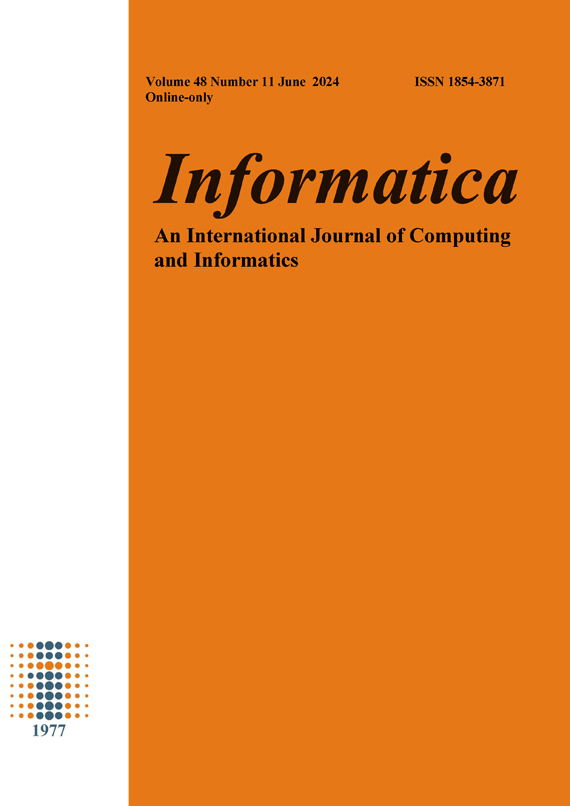Animation VR Motion Simulation Evaluation Based on Somatosensory Simulation Control Algorithm
DOI:
https://doi.org/10.31449/inf.v48i11.6041Abstract
With the continuous development of social economy, the animation industry has been continuously improved, and has become a necessity for people's daily important activities. Meanwhile, VR sports realizes the simulation of various actions, such as indoor tennis, realistic somatosensory games and so on. But how to ensure the authenticity and experience of animation VR sports is extremely important. The somatosensory simulation control algorithm is introduced to sort out the business flow of animation VR sports in this paper. Unlike the traditional simulation method, the somatosensory simulation control integrates the perception of the vestibule, provides extremely rapid feedback on the output error, realizes the continuous correction and prediction of the input angular velocity and the corresponding acceleration, so as to realize the prediction of undulations of the terrain in the animation VR movement. The simulation experiment results show that the somatosensory simulation control algorithm is effective and can support the phase delay to improve the consistency of the corresponding animation VR motion simulation.
References
Lu X , Cheng Q , Tian Y , et al. Regional Ground-Motion Simulation Using Recorded Ground Motions[J]. Bulletin of the Seismological Society of America, 2021, 111(2):1-8.
Roudot P , Ding L , Jaqaman K , et al. Piecewise-stationary motion modeling and iterative smoothing to track heterogeneous particle motions in dense environments[J]. IEEE Transactions on Image Processing, 2017,4(3):1-10.
Hak, Gu, Kim, et al. VRSA Net: VR Sickness Assessment Considering Exceptional Motion for 360° VR Video[J]. IEEE Transactions on Image Processing, 2019, 28(4):1646-1660.
Downloads
Published
Issue
Section
License
I assign to Informatica, An International Journal of Computing and Informatics ("Journal") the copyright in the manuscript identified above and any additional material (figures, tables, illustrations, software or other information intended for publication) submitted as part of or as a supplement to the manuscript ("Paper") in all forms and media throughout the world, in all languages, for the full term of copyright, effective when and if the article is accepted for publication. This transfer includes the right to reproduce and/or to distribute the Paper to other journals or digital libraries in electronic and online forms and systems.
I understand that I retain the rights to use the pre-prints, off-prints, accepted manuscript and published journal Paper for personal use, scholarly purposes and internal institutional use.
In certain cases, I can ask for retaining the publishing rights of the Paper. The Journal can permit or deny the request for publishing rights, to which I fully agree.
I declare that the submitted Paper is original, has been written by the stated authors and has not been published elsewhere nor is currently being considered for publication by any other journal and will not be submitted for such review while under review by this Journal. The Paper contains no material that violates proprietary rights of any other person or entity. I have obtained written permission from copyright owners for any excerpts from copyrighted works that are included and have credited the sources in my article. I have informed the co-author(s) of the terms of this publishing agreement.
Copyright © Slovenian Society Informatika








